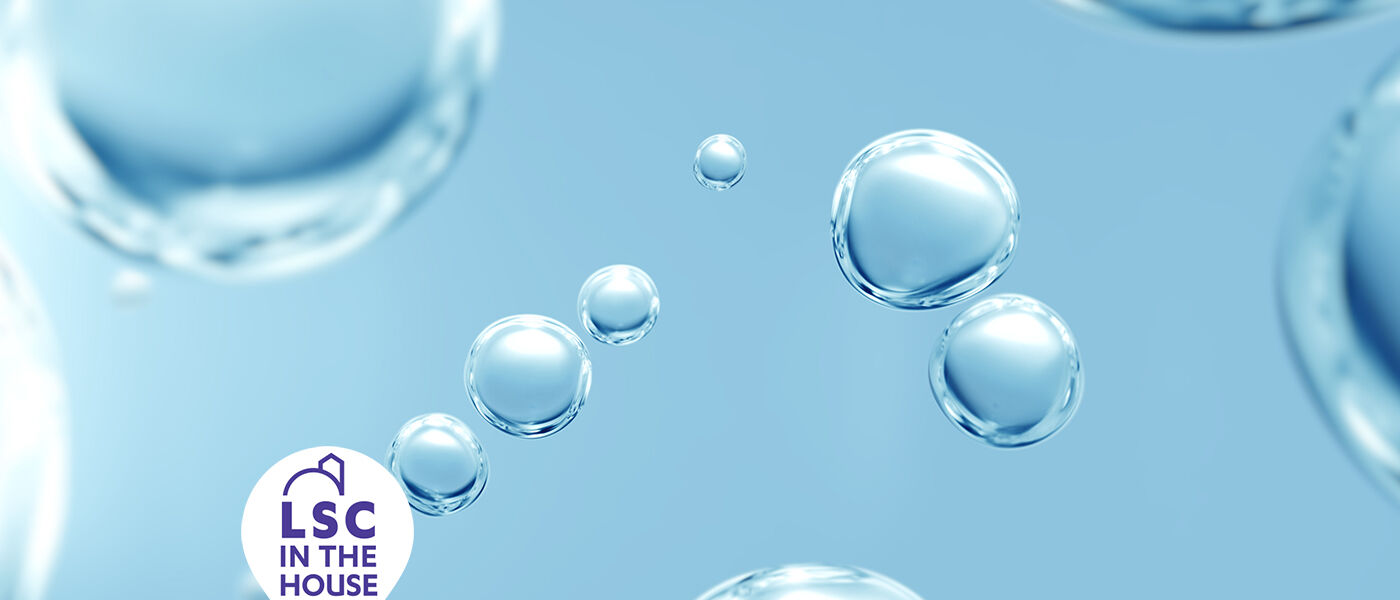Bubbles on the Move
Activity Time: 15 minutes
Recommended Grades: Young learner and up (with adult supervision)
Objective: In this experiment, we will explore what happens when air is heated and cooled.

- 1 empty bottle (small bottled-water bottle works best)
- 2 bowls that the bottle fits into
- soap bubble solution (1 tsp. dish soap mixed with 1 tsp. water)
- 1 small dish for the soap bubble solution
- ice
- hot water (but not so hot that it could burn you)

- Mix the soap bubble solution in the small dish.
- Place ice and cold water in one bowl.
- Pour hot water into the other bowl.
- Dip the lip of the open empty bottle in the soap bubble solution so that there is soap film covering the opening. What does the soap film bubble look like at room temperature?
- Carefully hold the bottle in the bowl of hot water. How does the bubble change when the bottle is in hot water?
- Now hold the bottle in the bowl of ice water. How does the bubble change when the bottle is in ice water?

The soap film traps air inside the bottle. When the bottle is held in the hot water, the bubble rises up. When air is heated, the air molecules expand and take up more space. This makes the warmer air rise up because it is less dense than the air around it. When the bottle is held in the ice water the bubble sinks down. As the air in the bottle cools the air molecules get closer together and take up less space. Colder air is denser than the air around it, so it sinks down.
KEY TERMS
Molecules: a group of atoms bonded together. Air is made up of mostly oxygen and nitrogen molecules.
Density: the space between molecules in matter. When molecules have more space between them, the matter is less dense. When molecules are closer together, the matter is more dense.
Matter: stuff; everything that has weight and takes up space.
